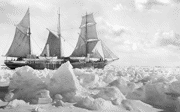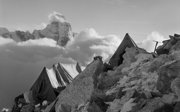
Limited edition platinum prints
The Society has worked for over five years with master print-maker Georges Charlier and his team from Salto-Ulbeek in Belgium to create a range of limited-edition platinum prints, created from fragile original glass, celluloid and Kodachrome transparencies and negatives held in the Society’s photographic collection.
We have selected some of the earliest and most iconic images relating to Antarctic and Everest exploration: photographs taken by Frank Hurley to record Sir Ernest Shackleton’s ‘Endurance’ expedition of 1914-18, photographs taken on the first ever 1921 Everest Reconnaissance Expedition, including the then highest altitude images and photographs by George Mallory, and a new set of the most sought after prints from the 1953 Mount Everest expedition - the first successful summit of Mount Everest.
The prints are the first made of these images using the rare platinum process. Each negative has been scanned by hand using the latest equipment and techniques to create the highest resolution digital negatives from which to prepare the prints. As a result, the new prints are the first to be made using the original negatives in this way.
Each print is made to order and using the platinum process, the painterly quality of the process draws out the finest detail.
As a legacy, the digitisation of these unique and rare negatives protects them for future generations. The prints themselves are museum-grade reproductions.
The ‘Endurance’, 'Everest 1921' and ‘Everest 1953’ prints are available to purchase direct from the Society in a selection of sizes and each print comes with a certificate identifying the print number in each strictly limited edition. The sale of these prints financially supports the wider work of the Society.
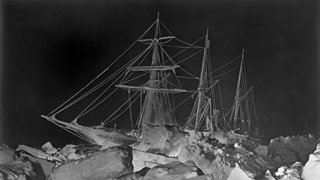
The platinum printing process
One of the great masters of photography, Alfred Stieglitz (1864-1946), called the platinum printing process “the prince of all media”. It is one of the oldest, rarest, most refined and stable of all black & white photographic printing processes.
The platinum technique consists of coating specially made drawing paper with a light-sensitive emulsion containing platinum salts using a special brush. The paper is then carefully dried and exposed to UV light through one or more full size contact negatives. This is a costly and complicated procedure, each print taking almost eight hours to complete.
When compared to conventional black and white silver prints, platinum prints exhibit an expanded tonal range, three-dimensionality, and a uniquely luminous, painterly quality. Unlike silver prints, where the image is floating in a gelatin layer on top of the paper, a platinum image is part of the fine paper on which it is printed.
As well as their aesthetic quality, platinum prints are among the most permanent objects produced by humans. The platinum metals are more stable than gold, and a platinum image, properly preserved, can last thousands of years.
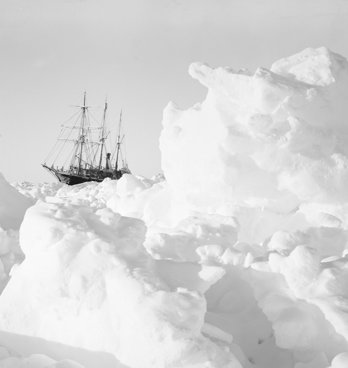
Endurance expedition limited edition platinum prints
A limited edition of 42 images taken by the Endurance expedition’s official photographer Frank Hurley.

Everest 1921 limited edition platinum prints
A selection of limited edition platinum prints from the newly digitised negatives of the 1921 British Mount Everest Reconnaissance Expedition.
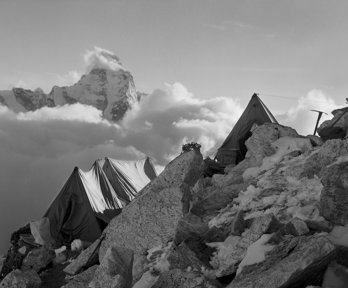
Everest 1953 limited edition platinum prints
The first ever limited edition series of platinum prints from photographs taken on the 1953 Mount Everest Expedition.



